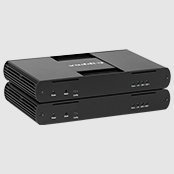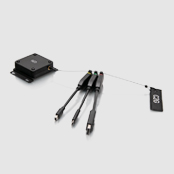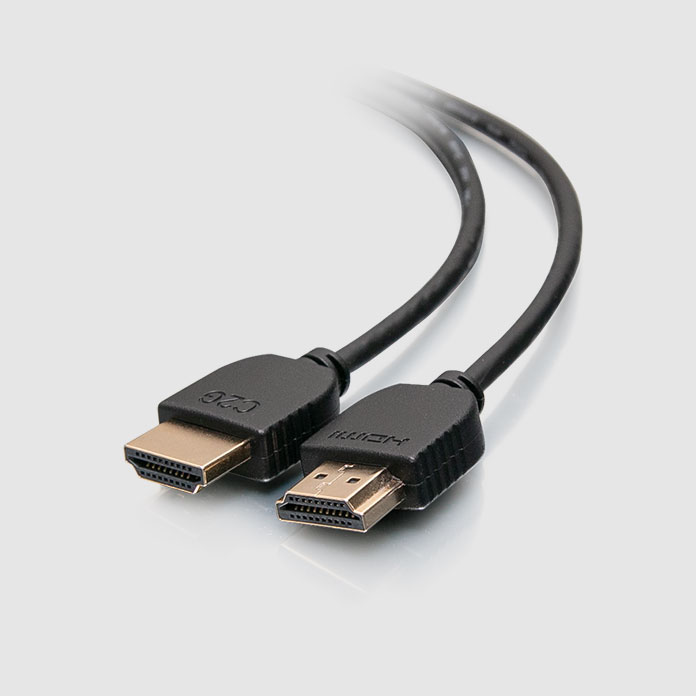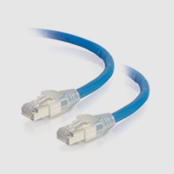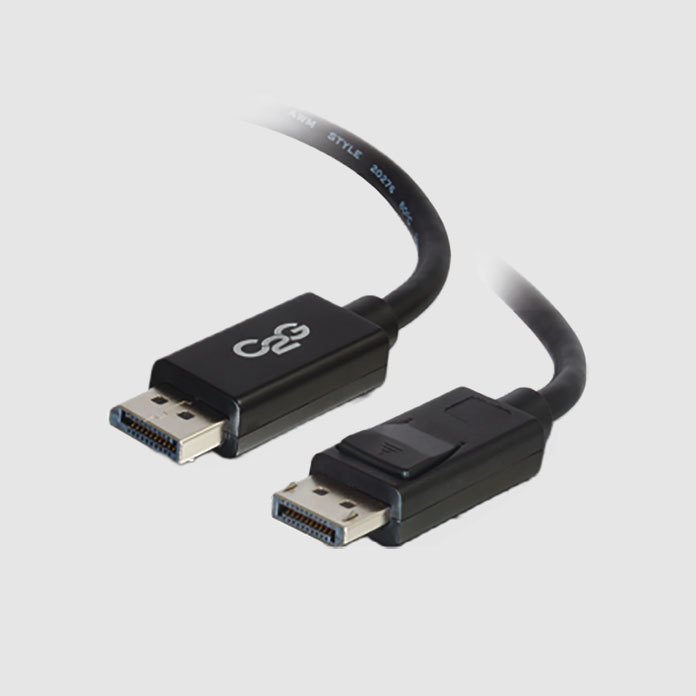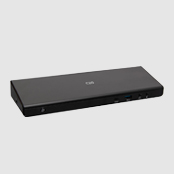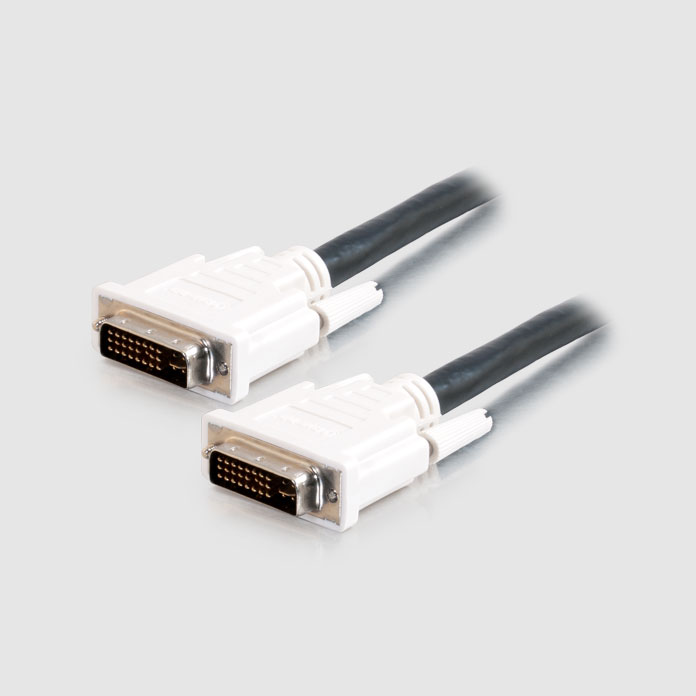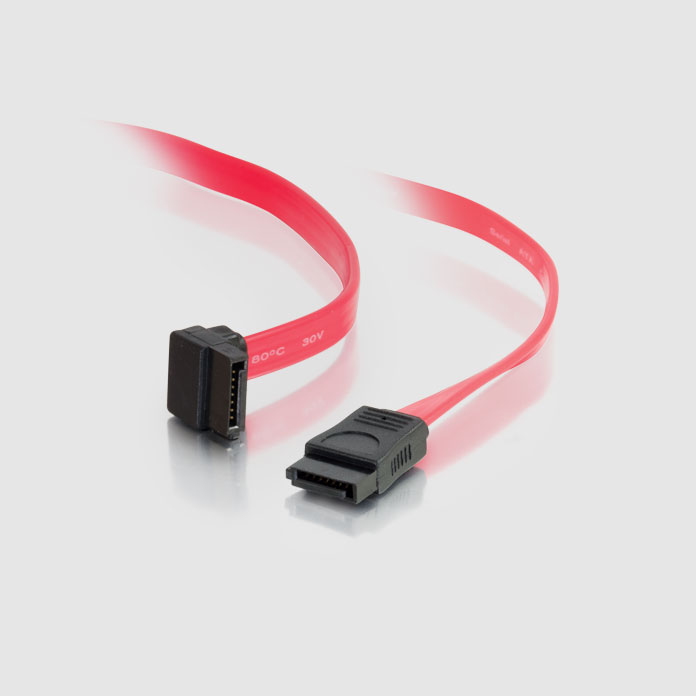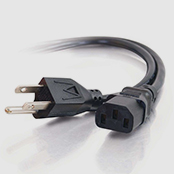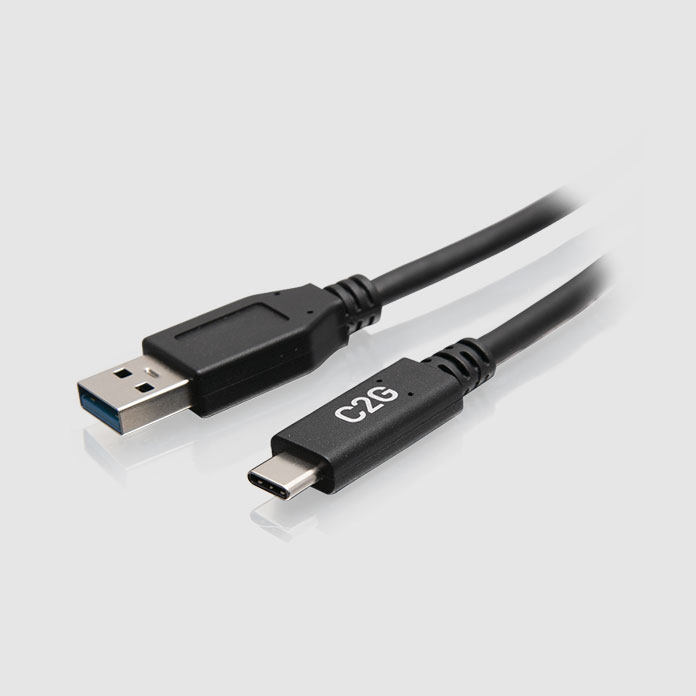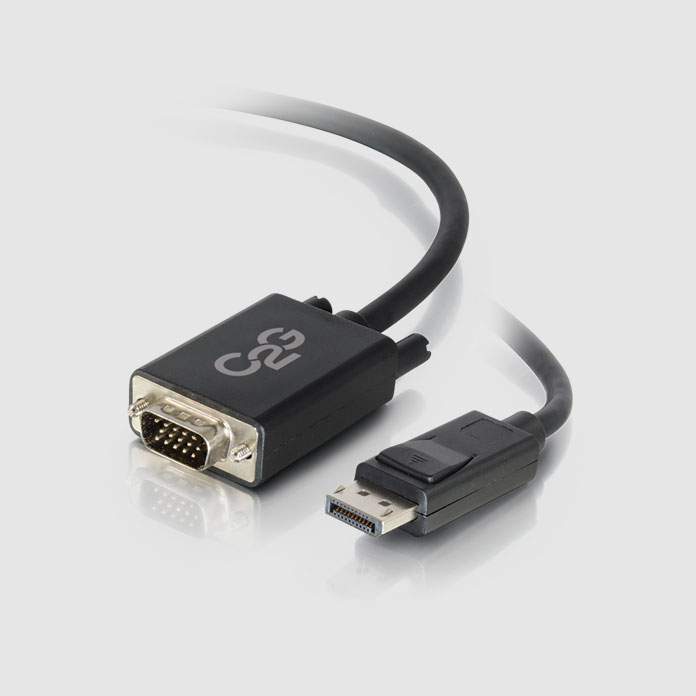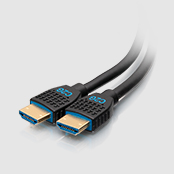Your session is about to expire!
For security reasons, you will be signed out in seconds. Do you want to stay signed in?
Yes, keep me signed in No, sign me outYour session has expired.
For security reasons, you have been signed out.
Do you want to sign back in?
Returning to previous page...
- Audio
-
AV Furniture
- View All
- Acoustic Ceiling Tile Systems
- Acoustic Wall Panel Systems
- ADA-Compliant Wall Tiles
- Carts & Stands
- Collaboration
- Conference Tables
- Consoles & Workstations
- Credenzas
- Easels
- Furniture Power
- In-Surface Power
- Kiosks
- Lecterns
- Modular Power
- On-Surface Power
- Storage
- Table Boxes & Retractors
- Furniture Accessories
- Cables
- Cameras and Video
- Converters, Extenders, & Switchers
- Desktop Connectivity
- Enclosures
- Floor Boxes
- In-Floor Systems
- Mounts
- Networking
- Poke-Thru Devices
- Poles & Columns
-
Power
- View All
- Behind the Display
- Compact Power
- Configurable & Modular Power
- DC Power Distribution
- Horizontal Rackmount Power
- Intelligent Power
- International Power
- In-Wall Storage with Power
- Power Cords
- Power Strips
- Furniture Power
- Outdoor Power
- Series Surge Protected Power
- Table Boxes & Retractors
- UPS Backup Systems
- Vertical Power
- Power Accessories
- Projection Screens
- Raceway & Cord Covers
-
Racks
- View All
- 2 & 4 Post Racks
- Cable Management
- Desktop & In-Cabinet Racks
- Floor Standing Racks
- Hardware & Fasteners
- Installation Time Savers
- Knockdown Racks
- Mobile Racks
- Rackmount Panels
- Pre-Configured Racks
- Power for Racks
- Rackmount Shelves & Storage
- Slide Out Racks
- Thermal Management
- Wall Mount Racks
- Wood Racks
- Rack Accessories
- Storage
- Accessories
Desktop Connectivity
Desktop connectivity is essential by allowing you to work from home, in the office, or a hybrid of both without compromising productivity by leveraging docking station capabilities. USB-C docking stations offer many features that contribute to increased productivity in the office or when working from home. Connect to multiple displays and peripherals, transmit data, and provide power delivery through a single USB-C port of a computer.
Common Desktop Connectivity FAQ's
Looking to learn more about USB-C desktop connectivity solutions? Read on to get the answers to commonly asked questions.
Learn More About Desktop Connectivity
Are USB-C docks worth it?
USB-C docks offer significant advantages for those who juggle multiple devices and require various types of connections. By serving as a hub for connecting several peripherals, they not only save space but also reduce cable clutter, making them invaluable for maintaining a tidy and organized workspace.
Additionally, the universal compatibility of USB-C ports means that these docks can serve a wide range of devices, future-proofing your investment. Moreover, the ability to connect devices such as smartphones, tablets, and cameras in addition to traditional computing equipment makes USB-C docks an excellent choice for tech-savvy users.
What is a USB-C docking station used for?
A USB-C docking station simplifies the connection of multiple devices to a computer through a single USB-C port. This includes external displays, hard drives for additional storage, audio interfaces for enhanced sound quality, and networking devices. Many docking stations also offer charging capabilities, powering your laptop while simultaneously handling data transfer and peripheral connectivity. The addition of extra USB ports and other connections like HDMI and Ethernet on many models expands the functionality of your workspace even further.
What does a USB-C type port look like?
The USB-C port is notably smaller and more oval-shaped than its predecessors, designed for ease of use and reversibility. Unlike the rectangular shape of USB-A ports, USB-C does not require orienting the plus in a specific direction, allowing for a smoother and more user-friendly connection. Its sleek design complements modern devices and supports robust use with enhanced durability.
What is the difference between a USB-C and a USB-A port?
USB-C and USB-A ports differ significantly in both form and functionality. USB-C is smaller, reversible, and capable of supporting faster data transfer speeds and higher power output than USB-A. Technologically, USB-C supports a broader range of standards, including Thunderbolt 3 and USB Power Delivery (PD), which are not supported by USB-A connections. This makes USB-C a more flexible and future-proof option for new technology purchases and upgrades.
What is the USB-C port?
The USB-C port is a compact, 24-pin USB connector system that supports a variety of protocols, such as USB 2.0, USB 3.0, USB 3.1 (Gen 1 and Gen 2), and USB4. It can also deliver power up to 100W and output video to a monitor via DisplayPort, making it highly versatile for various uses. The versatility of the USB-C port also facilitates connections across different platforms, enhancing its utility in diverse technological ecosystems.
Is USB Type-C faster than USB?
USB Type-C, particularly when implemented with USB 3.1 or USB4 standards, offers significantly faster data transfer rates than older versions of UBS. For instance, USB 3.1 can achieve speeds up to 10 Gbps, and USB4 can reach up to 40 Gbps, greatly exceeding the speeds of USB 2.0 or earlier versions. These speed enhancements make USB Type-C ideal for tasks that require high data transfer rates, such as video editing and large data backups.
Can you plug a USB-C into a USB port?
While USB-C and USB ports are not inherently compatible due to different connectors, there are adapters and cables available that allow devices with USB-C connectors to connect to USB-A ports. However, it is important to consider the limitations in transfer speeds and power output when using these adapters, as they might not fully support the capabilities of USB-C. Using the right adapter ensures that you can still use your older USB-A devices while enjoying the benefits of newer USB-C technology.
Can I use any USB-C cable for docking station?
Not all USB-C cables are created equal. While any USB-C cable can physically connect to a docking station, the functionality might vary based on the specifications of the cable. For optimal performance, especially when it comes to high-speed data transfer or full power delivery, it’s crucial to use a cable that meets or exceeds the specifications required by the docking station. For example, some docking stations require cables that support USB 3.1 or USB Power Delivery Standards to function at their best. Ensuring compatibility with these specifications is key to maximizing the efficiency and effectiveness of your docking station.

